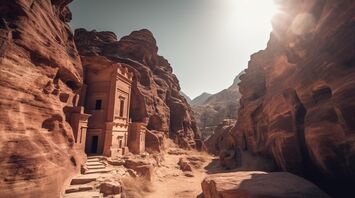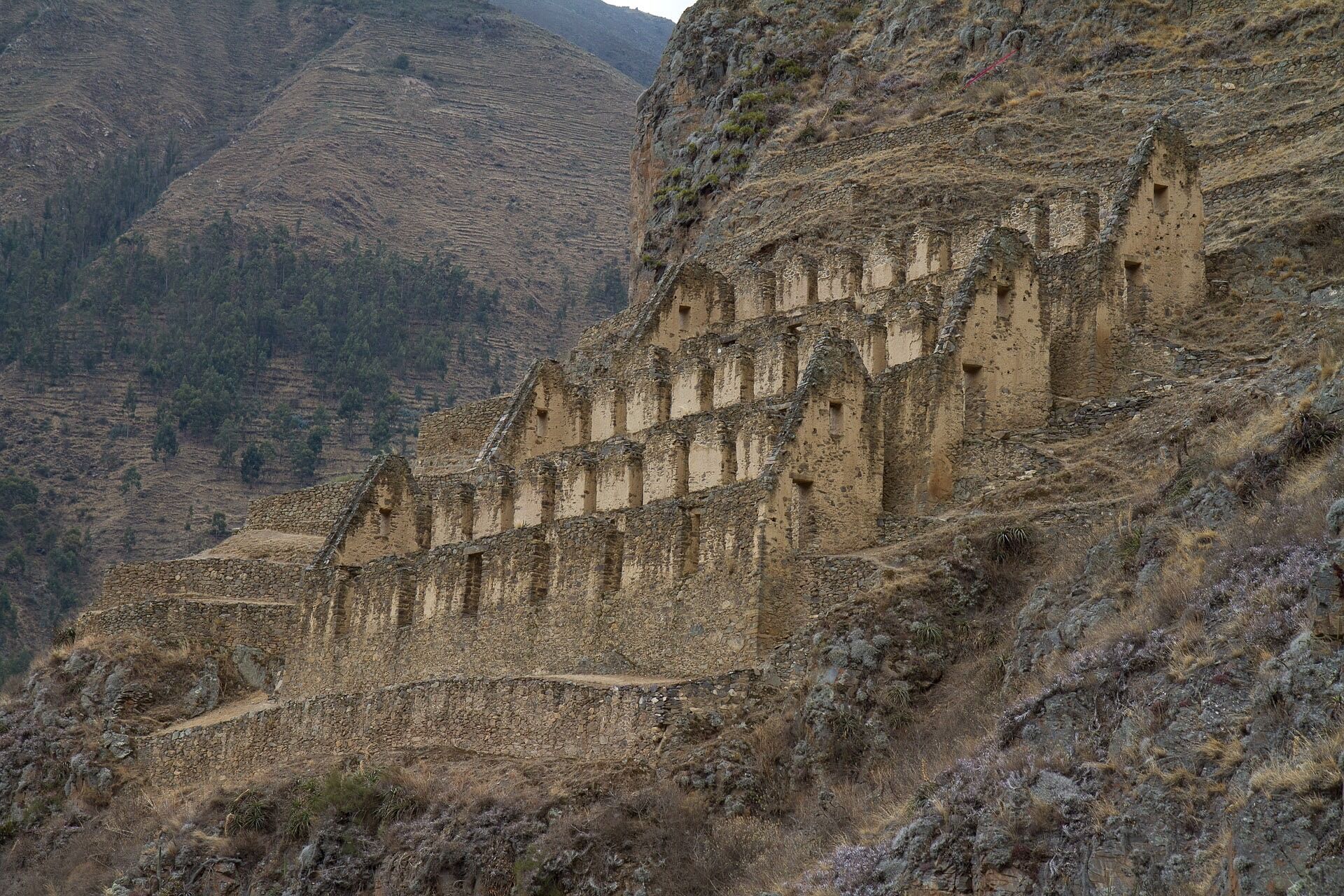In search of adventure: Ancient ruins you'll want to discover

Ancient ruins can show and tell a little more about the lives of people who lived in a particular area hundreds of years ago. The world is well aware of such famous ruins as Petra, Pompeii, and Machu Picchu, but few people have heard of the ruins of Hegra, Herculaneum, and Ollantaytambo.
Where are they located and what can they show adventurers and seekers of ancient mysteries? BBC Bitesize tells about it.
Hegra, Saudi Arabia
If you've always wanted to visit the ruins of Petra in Jordan, keep in mind that you can find another interesting place about 500 km to the south. The second largest Nabatean city, Hegra, or Madain Salih, is located in the northwestern part of Saudi Arabia. This unique city, which was once the main stop for caravans, became the first in Saudi Arabia to be included in the UNESCO World Heritage List.
Today, you can see more than 100 sand tombs dating from between the 1st century BC and the 1st century AD. On the walls of these tombs, you can see carved images of eagles, sphinxes, snakes and various mythological creatures. In addition, there is the most famous tomb, Qasr al-Farid, or the Lonely Castle, which is 22 metres high and the design of which was influenced by Greco-Roman architecture.
Herculaneum, Italy
The infamous Pompeii was not the only city to suffer from the eruption of Mount Vesuvius. The city of Herculaneum was located a few miles from the neighbouring town. At the time of the tragedy, it was home to 4,000 to 5,000 people and was popular among the wealthy. In addition, the largest of the villas, known as the "Villa of the Papyri," most likely belonged to Julius Caesar's father-in-law, Lucius Calpurnius Piso Caesoninus.
In general, the ruins of Herculaneum are much better preserved than those of Pompeii due to the special conditions created during the volcanic eruption. Thus, not only durable items have been preserved here but also food, textiles, wood, and even papyri.

Ollantaytambo, Peru
This place can be reached on the way to Machu Picchu. It was built in the middle of the 15th century as a temple and military fortress to keep the Incas in control of the local population at an altitude of 2800 metres above sea level. The most fascinating part of these ruins is the view of the Sacred Valley and the aqueduct system. This water supply served to power the fountains carved into the rocks and the street canals.




















